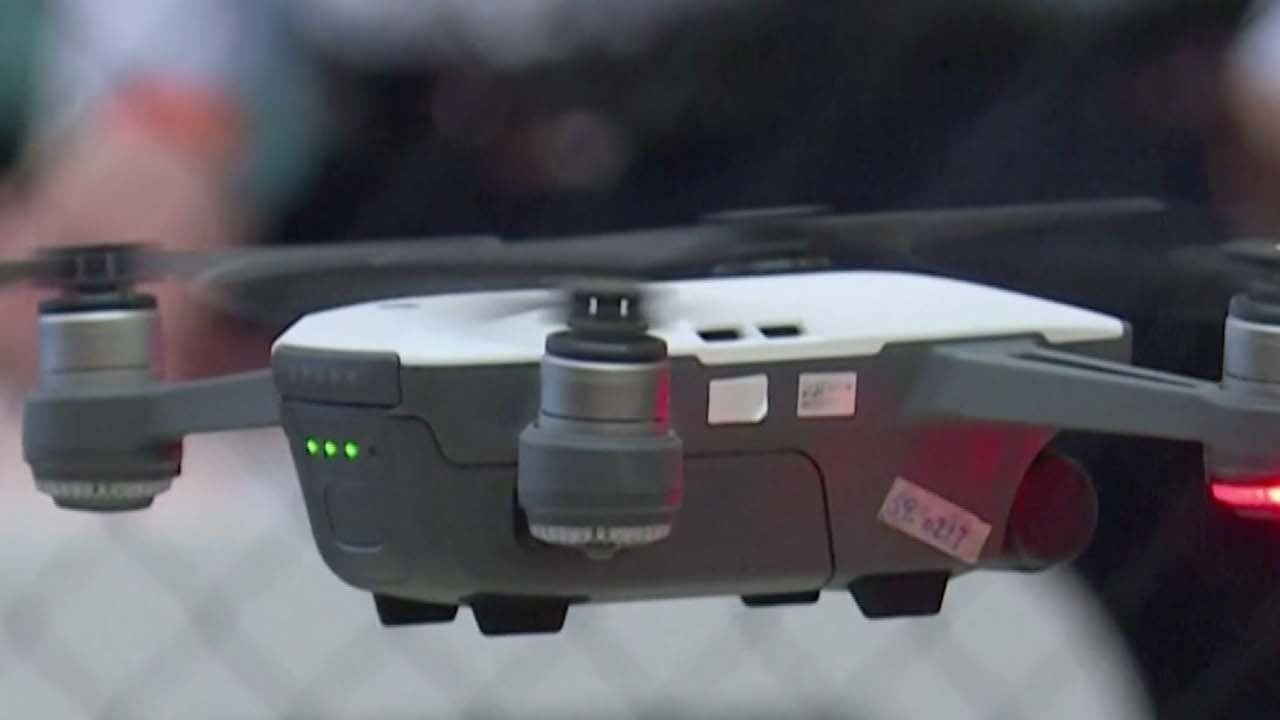
China’s submarines can be quieter, more powerful with new pump-jet: scientists
- Shanghai research team says its new propulsion system can deliver higher thrust while reducing noisy vibrations by more than 90 per cent
- Scientists say they have identified a sealant to keep water outside duct without impeding rotor movement but the exact nature of material is classified
Some modern submarines used a shrouded propeller that puts the rotor in a duct to generate a jet of water for propulsion. Between rotor blades and the duct’s inner wall there is a clearance, sometimes as small as a millimetre wide, but it can produce a lot of turbulence or bubbles that can slow the submarine and give a hint of its location.
The rotor in the new pump-jet sinks the outer edge of the blades into the duct wall. When moving, the rotor tips have no contact with water.
Simulation experiments conducted at a ground testing facility suggested the new design could increase the thrust of a pump-jet at slower speeds while reducing the noisy vibration significantly “at most characteristic frequencies”, said the team led by professor Hua Hongxing, of the State Key Laboratory of Mechanical System and Vibration at Shanghai Jiao Tong University.
The first modern ducted propeller was built by Italian inventor Secondo Campini in Venice in 1931. In the 1980s the British navy made the earliest use of pump-jet technology in its Trafalgar-class submarine. Now pump-jet propulsion can be found in some of the most powerful submarines in the world, including the Seawolf, Virginia and Columbia classes in the US and in France’s Triomphant class.
China holds anti-submarine drills as regional rivals boost underwater forces
In theory, the pump-jet could suppress more noise and achieve higher energy efficiency with the duct than a fully exposed rotor.
But this advantage could be offset by chaotic currents generated in the blade-duct clearance which could, in practice, cause severe vibrations on the rotor shaft and make a lot of noise.
Over the last few decades researchers from around the world have conducted many studies and proposed effective methods to reduce the turbulence, such as narrowing the gap and streamlining the tip of the blades.
Hua’s team proposes that an ultimate solution would be to get rid of the clearance altogether.

They dug a trench in the duct wall, allowing the rotor tips to move freely inside.
But to work properly, the new pump-jet requires a sealing material that can keep water strictly outside the trench without impeding the rotor’s movement.
The Chinese team said it had found the right material and built a soft sealing structure made of fine fibres that could meet these requirements. The exact nature of the material remains classified.
The tip of rotor blades were also treated with a coating to reduce wear in long-term service, according to the researchers.
A major concern about the new technology is whether the constant brushing of the tips against the duct affects the pump-jet’s overall performance.
The team put the device in a water tunnel and measured its thrust and vibration at different speeds.
They found that at top speed the clearance-free pump-jet was indeed slightly less efficient than the traditional design.
But the device could generate about 10 per cent more thrust at lower speed by reducing the random turbulence that causes drag. It also produced fewer bubbles, known as cavitation, that occur when the blades spin rapidly.
The strength of noisy vibrations was recorded at a tenth to a thirtieth of those of a traditional pump-jet in a wide range of frequencies that are heavily monitored by possible opponents in the ocean, according to the test data.
But some military experts believe newer models of the Chinese submarine fleet have become faster and quieter with the use of new technology such as the pump-jet.
China expands submarine base near South China Sea, satellite images show
Researchers around the world are in a race to develop new propulsion technology that can improve the speed and stealth of their submarines.
Some senior naval research officers in China, for instance, have proposed removing the power transmission shaft from the ramjet.
The shaftless ramjet is expected to reduce noise and increase speed, but many designs have likewise been troubled by strong, mostly unpredictable turbulence in gaps between the blade and duct, according to recent studies in China.


